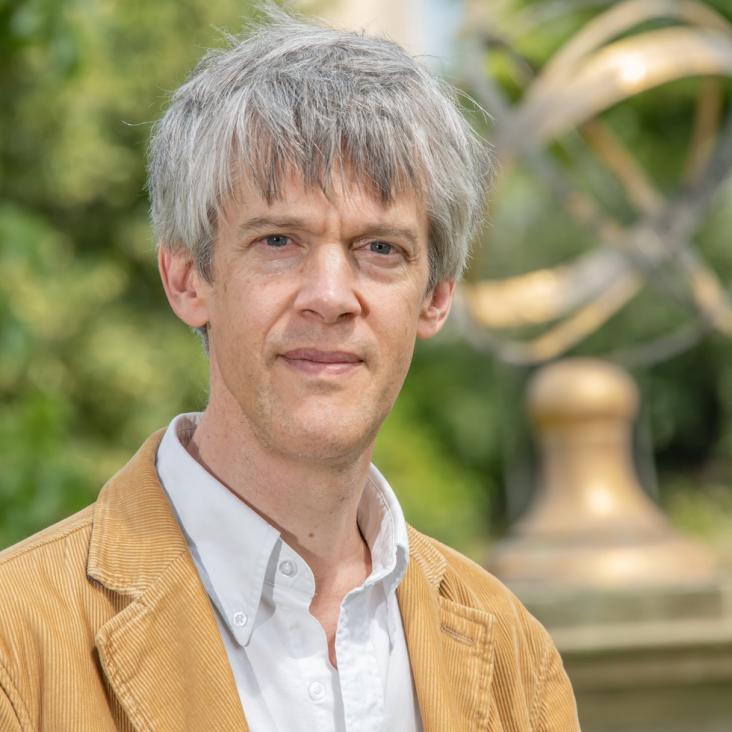At an important tephrostratigraphic crossroads: cryptotephra in Late Glacial to Early Holocene lake sediments from the Carpathian Mountains, Romania
Abstract:
Understanding the temporal and spatial environmental response to past climate change during the Last Glacial-Interglacial Transition (LGIT, 16-8 ka) across Europe relies on precise chronologies for palaeoenvironmental records. Tephra layers (volcanic ash) are a powerful chronological tool to synchronise disparate records across the continent. Yet, some regions remain overlooked in terms of cryptotephra investigations. Building on earlier work at the same sites, we present the first complete LGIT high-resolution cryptotephra investigation of two lake records in the Carpathian Mountains in Romania, Lake Brazi and Lake Lia. Numerous volcanic glass shards have been recognised as originating from various volcanic regions, including: Iceland (Katla, Askja, and Torfajokull), Italy (Campi Flegrei, Ischia, Lipari, and Pantelleria), and central Anatolia (Acigol and Ericyes). In total, four distinct tephra horizons have now been identified in these records: 1) an LGIT Lipari tephra (11,515–12,885 cal BP, 95.4% range); 2) Askja-S (11,070–10,720 cal BP, 95.4% range); 3) an Early Holocene Lipari tephra,(12,590–10,845 cal BP, 95.4% range) and; 4) an Early Holocene Ischia tephra (11,120–10,740 cal BP, 95.4% range). The use of trace element analysis on selected cryptotephra layers provided additional important information in identifying volcanic source and facilitating correlations. These tephra layers, along with numerous other discrete cryptotephra layers, offer promise as significant future isochrons for comprehending the spatial and temporal fluctuations in past climate change throughout Europe and the Mediterranean area. This research has emphasized the significance of the Carpathian region in expanding the European and Mediterranean tephra lattice and establishing it as a keystone area within the framework.Resilience, innovation and collapse of settlement networks in later Bronze Age Europe: New survey data from the southern Carpathian Basin
Abstract:
Societies of the later Early to Middle Bronze Age (ca. 2200–1600 BC) in the Carpathian Basin exhibited complex, hierarchical and regionally influential socio-political organisation that came to an abrupt end in the 16th century BC. Considered a collapse by some, this change was characterised by abandonment of virtually all central places / nodes in settlement networks. Until recently, the complexity that characterised the period was believed to have substantially diminished alongside depopulation. This model was reinforced by a combination of the loss of established external networks and low-resolution knowledge of where and how people lived in the first stages of the Late Bronze Age (between 1600 and 1200 BC). We contest the idea of a diminished Late Bronze Age and argue that a fully opposite trajectory can be identified–increased scale, complexity and density in settlement systems and intensification of long-distance networks. We present results of a settlement survey in the southern Pannonian Plain using remote and pedestrian prospection, augmented by small-scale excavations. New absolute dates are used to define the occupational history of sites dating primarily between 1500–1200 BC. We argue that climate change played a substantial role in in the transformation of settlement networks, creating a particular ecological niche enabling societies to thrive. New and specific forms of landscape exploitation developed that were characterised by proximity to wetlands and minor watercourses. In this context, the largest monuments of Bronze Age Europe were created and inhabited. In considering the origins and demise of these megasites and related settlements, we provide a new model for Late Bronze Age societies in the Carpathian Basin and their regional relevance.


